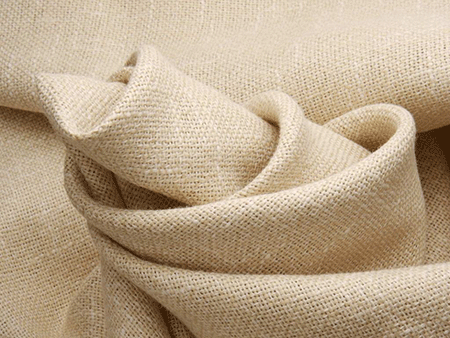Textiles, as polymeric materials, are susceptible to aging due to external factors such as light radiation, temperature, oxygen, moisture, and harmful atmospheric chemicals.
Light Radiation
Solar radiation reaching the Earth's surface spans 295–2500 nm, with energy concentrated in the visible and infrared regions, though the ultraviolet (UV) region contains less energy. Despite its lower proportion, UV radiation's high photon energy causes significant damage to textile materials. Near-UV wavelengths (300–400 nm) are particularly detrimental, capable of breaking chemical bonds in textile fibers. Photo-oxidation (aging) ultimately degrades mechanical properties, including reduced strength, elongation, and elasticity, leading to brittleness and cracking.
Temperature
Temperature affects polymeric fibers in two ways: direct degradation and catalytic acceleration of other degradation processes. For instance, wool yellows and loses strength at 110°C, while high temperatures induce polypropylene cracking or double-bond formation. Additionally, temperature elevates the rate of photodegradation—doubling with every 10°C increase.
Oxygen
Atmospheric oxygen drives oxidative reactions in textiles during use, including photo-oxidation and thermal oxidation.
Moisture
While water alone does not react with fiber polymers at room temperature, it plays a critical role in photo-degradation. Moisture absorbed by fibers diffuses inward, accelerating oxygen uptake. Dissolved atmospheric pollutants (e.g., sulfides, nitrides) further induce chemical reactions, making moisture a non-negligible aging factor.
Harmful Chemicals
Increasing atmospheric pollution introduces sulfides and nitrogen oxides, which adversely affect textile performance. Traditional anti-aging tests rarely address these pollutants, underscoring the urgency of research in this area.



 在线客服
在线客服